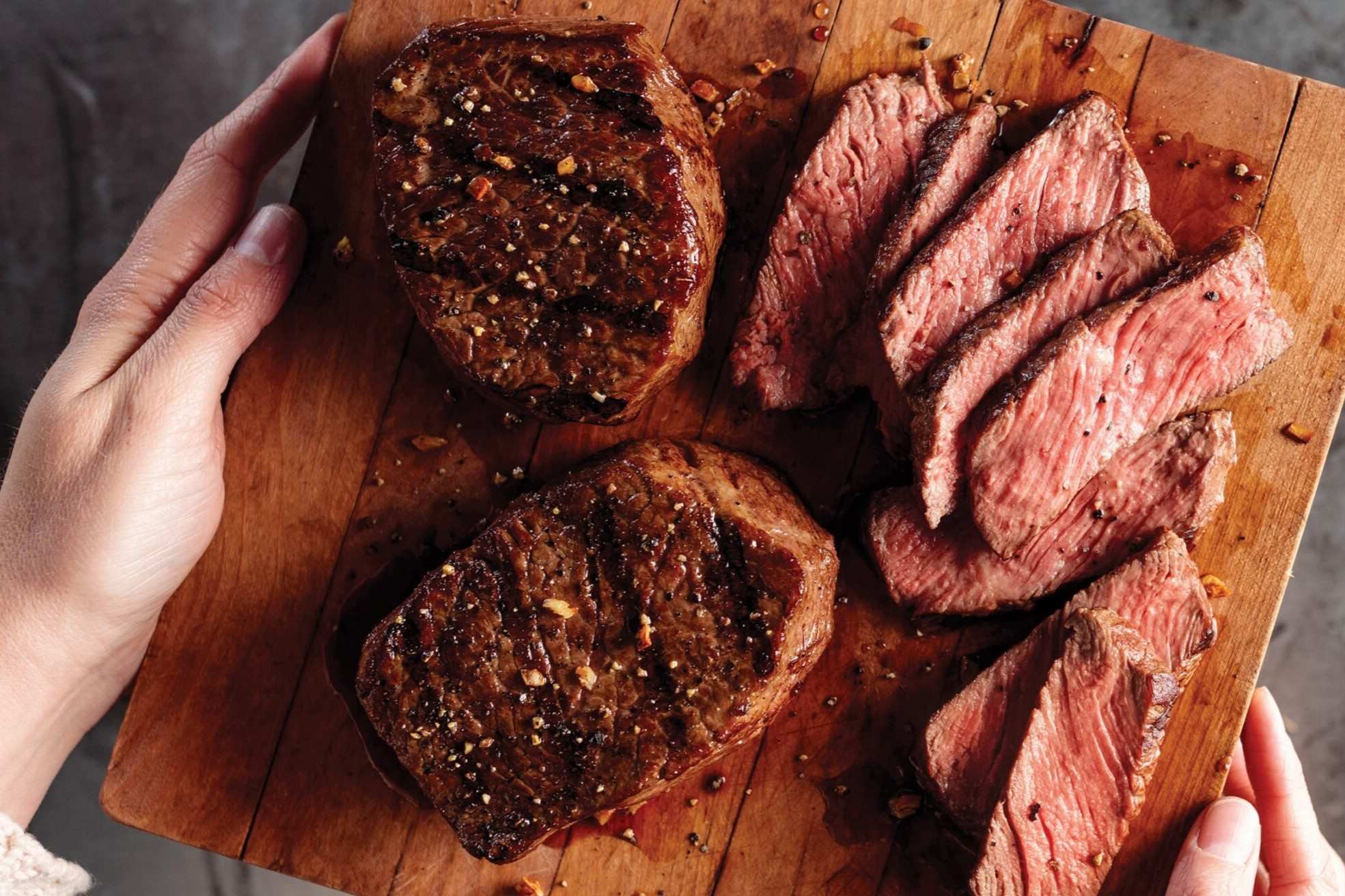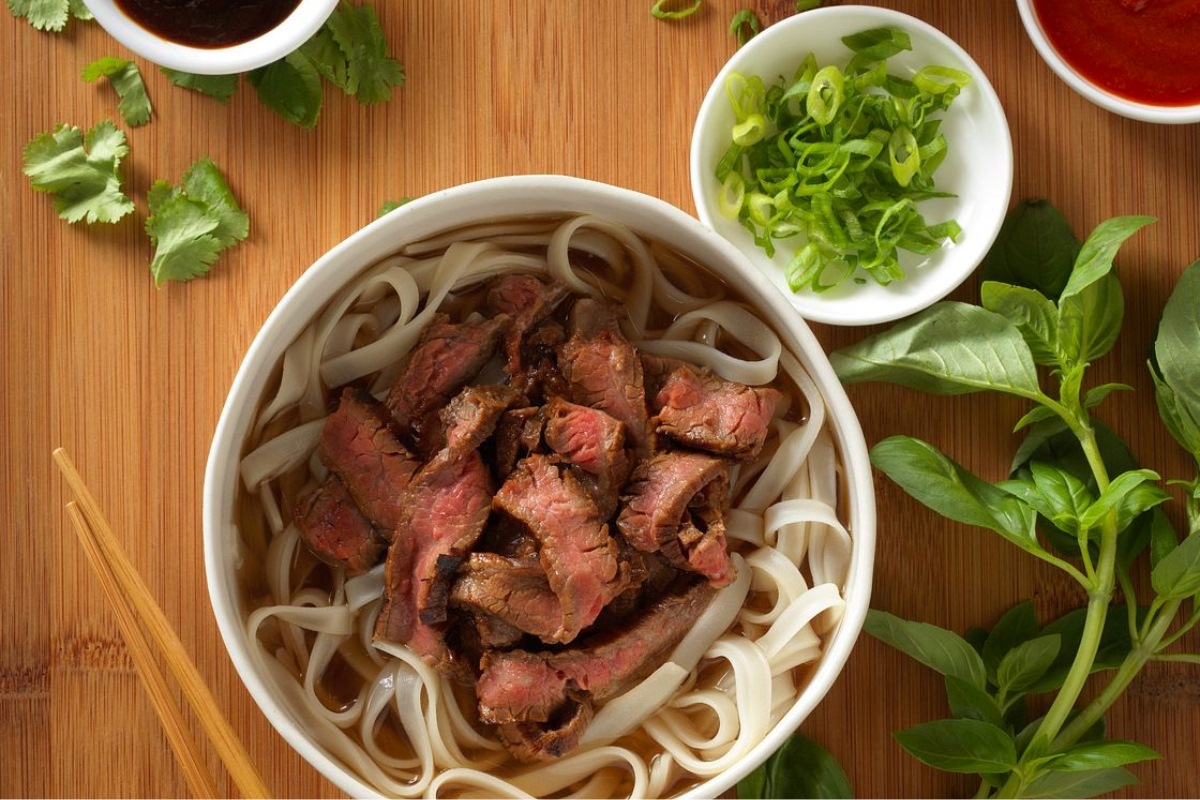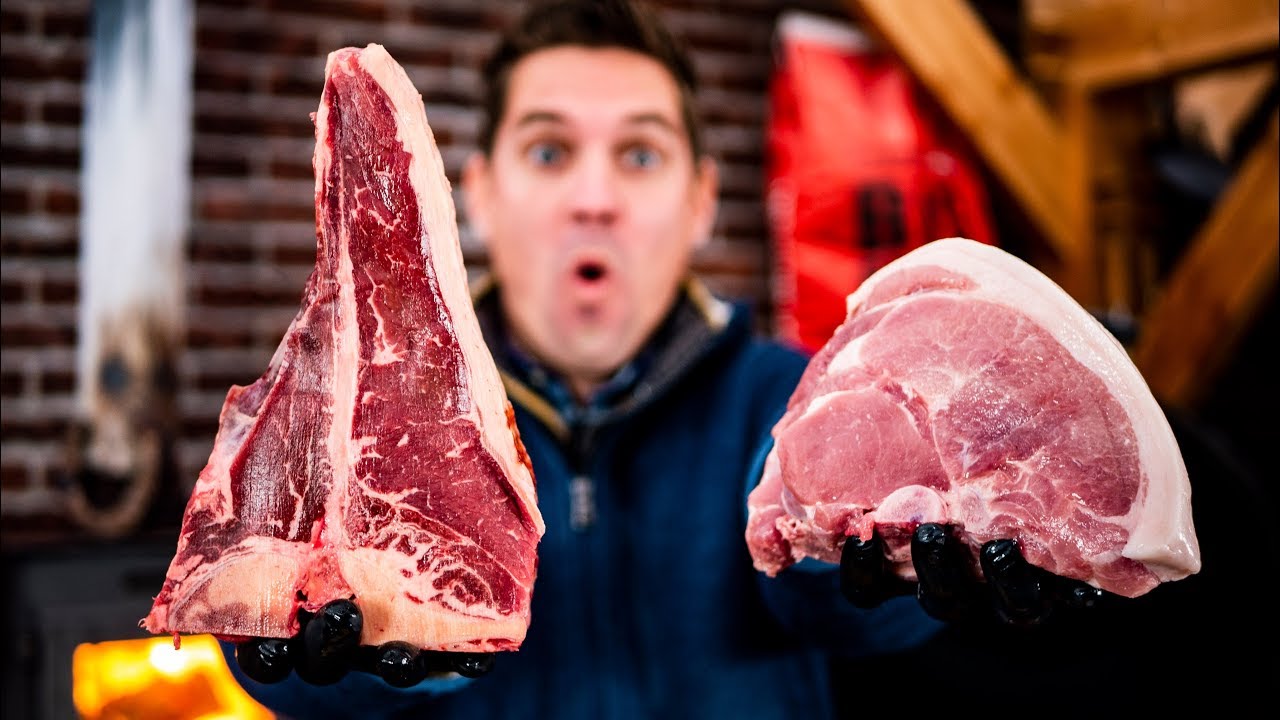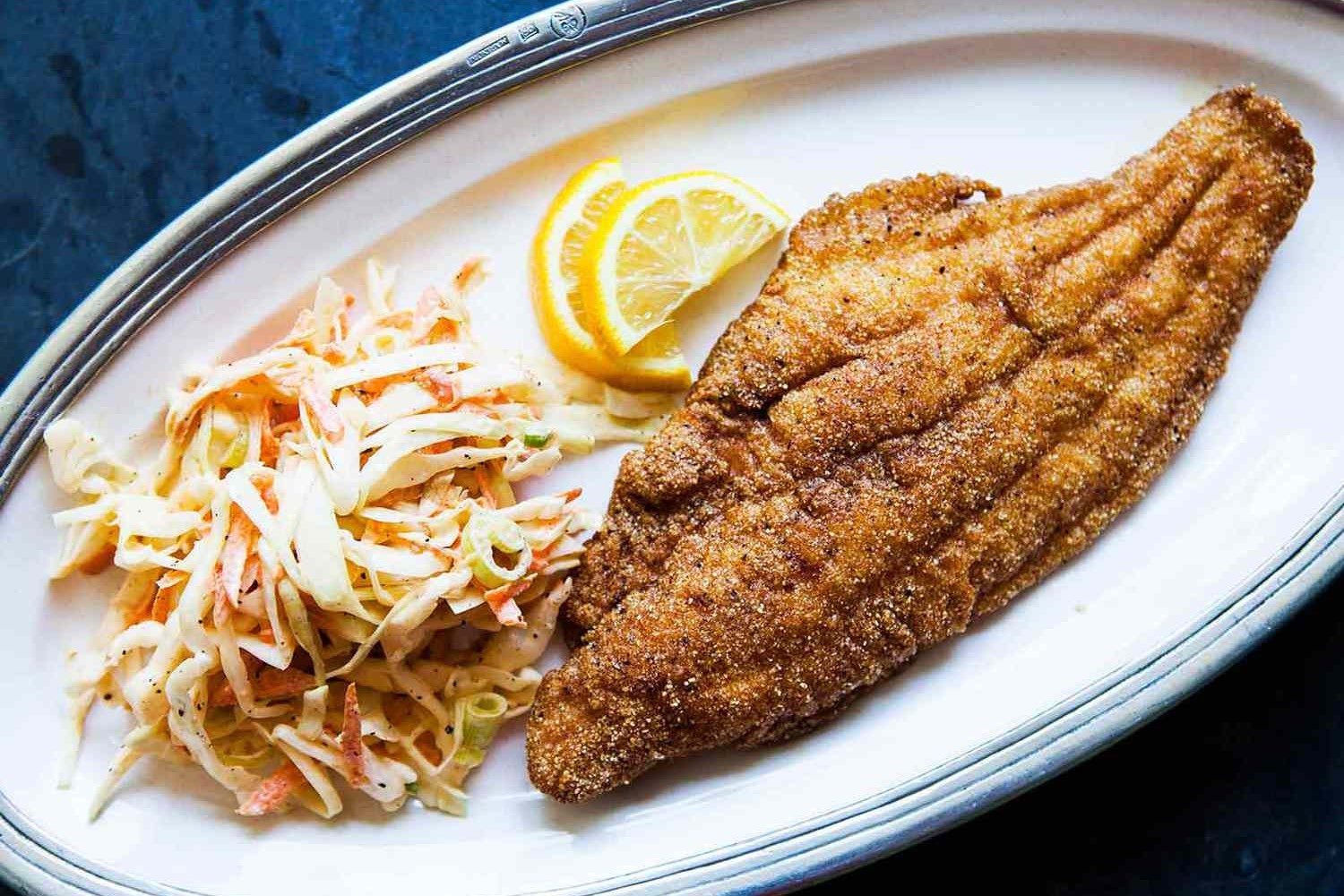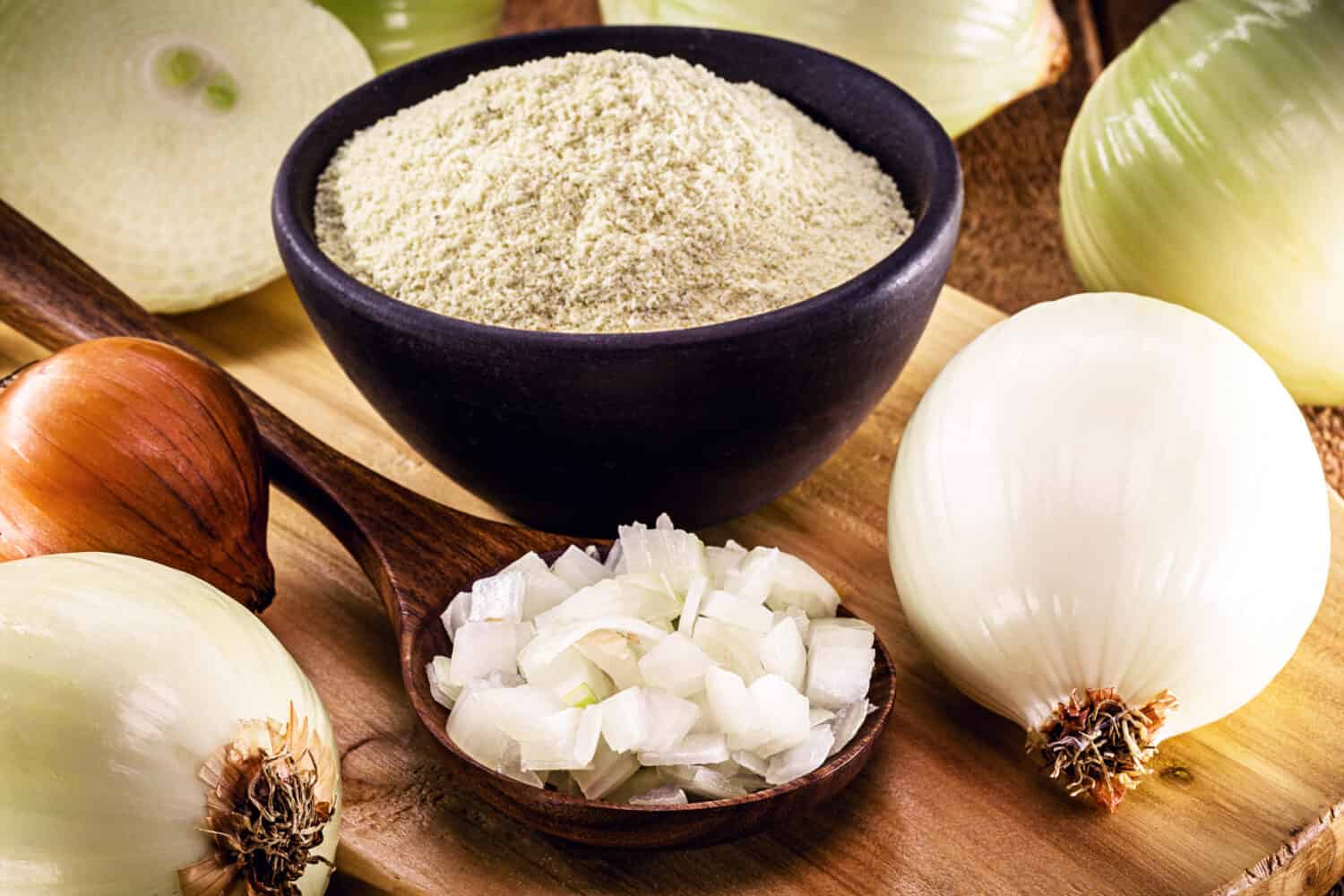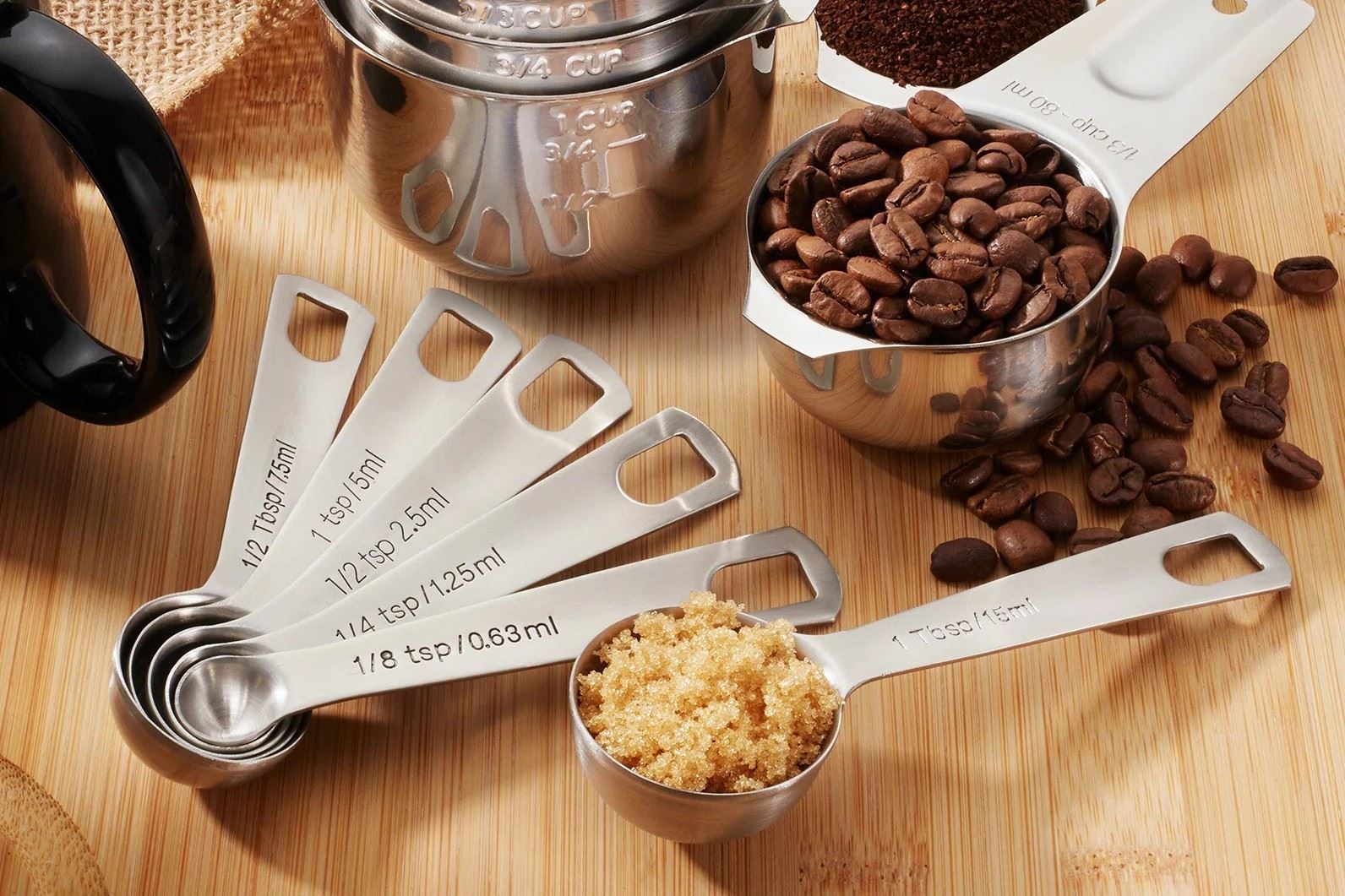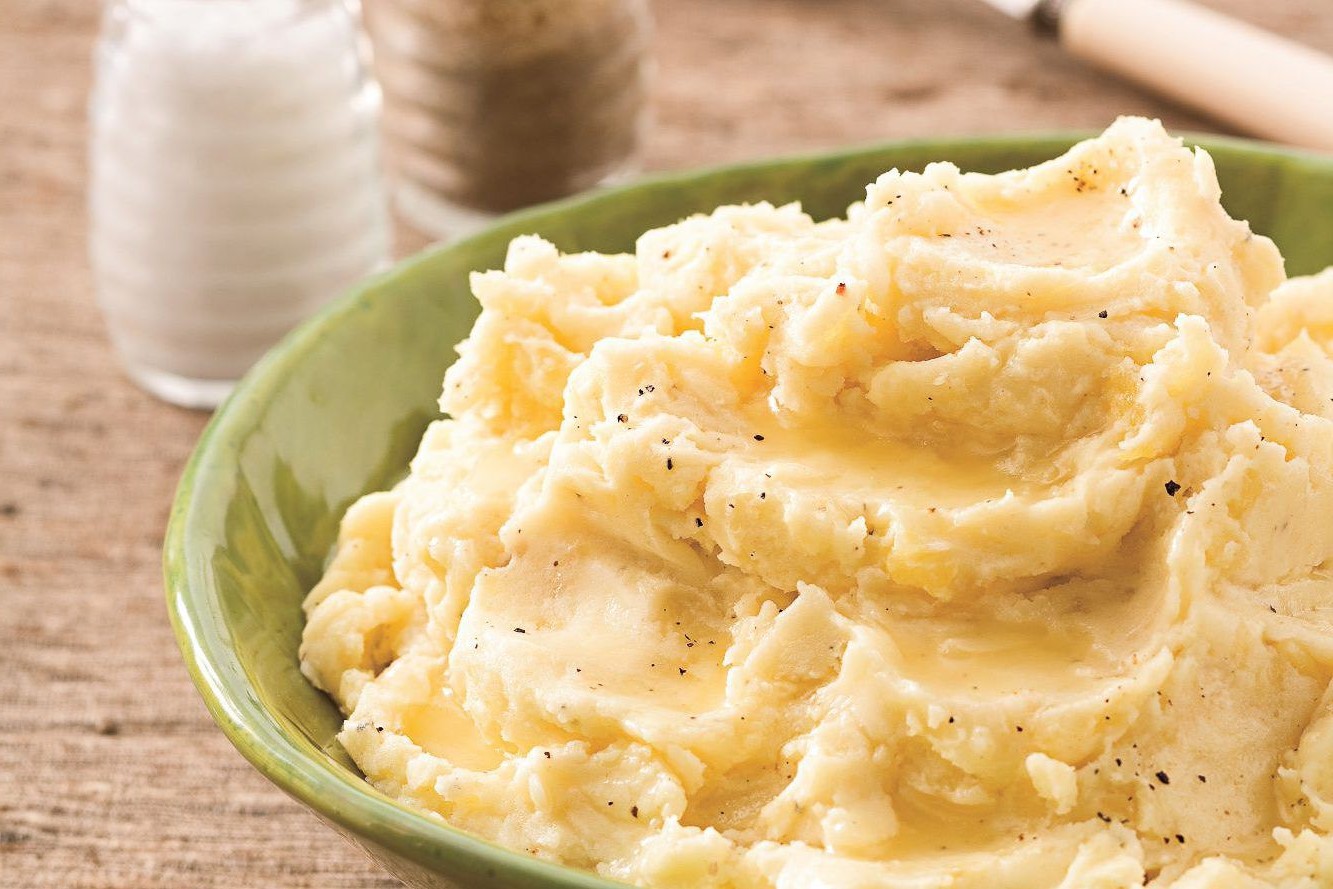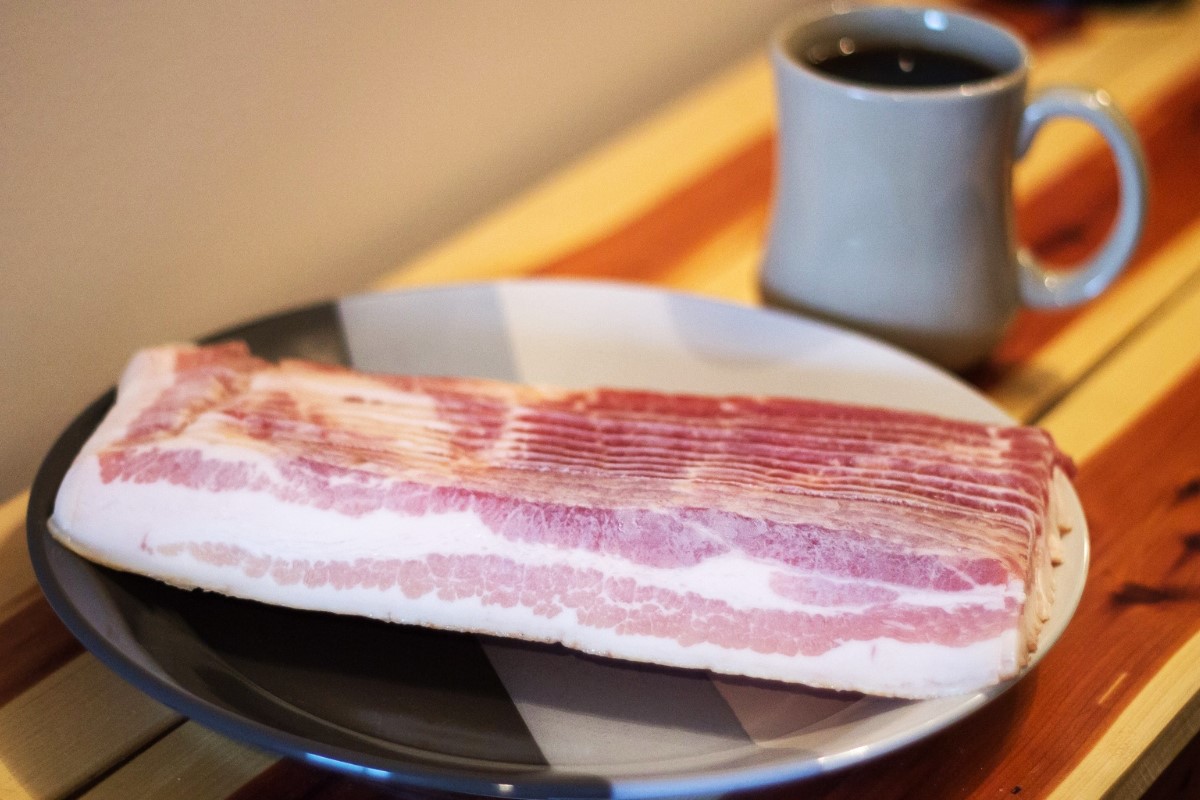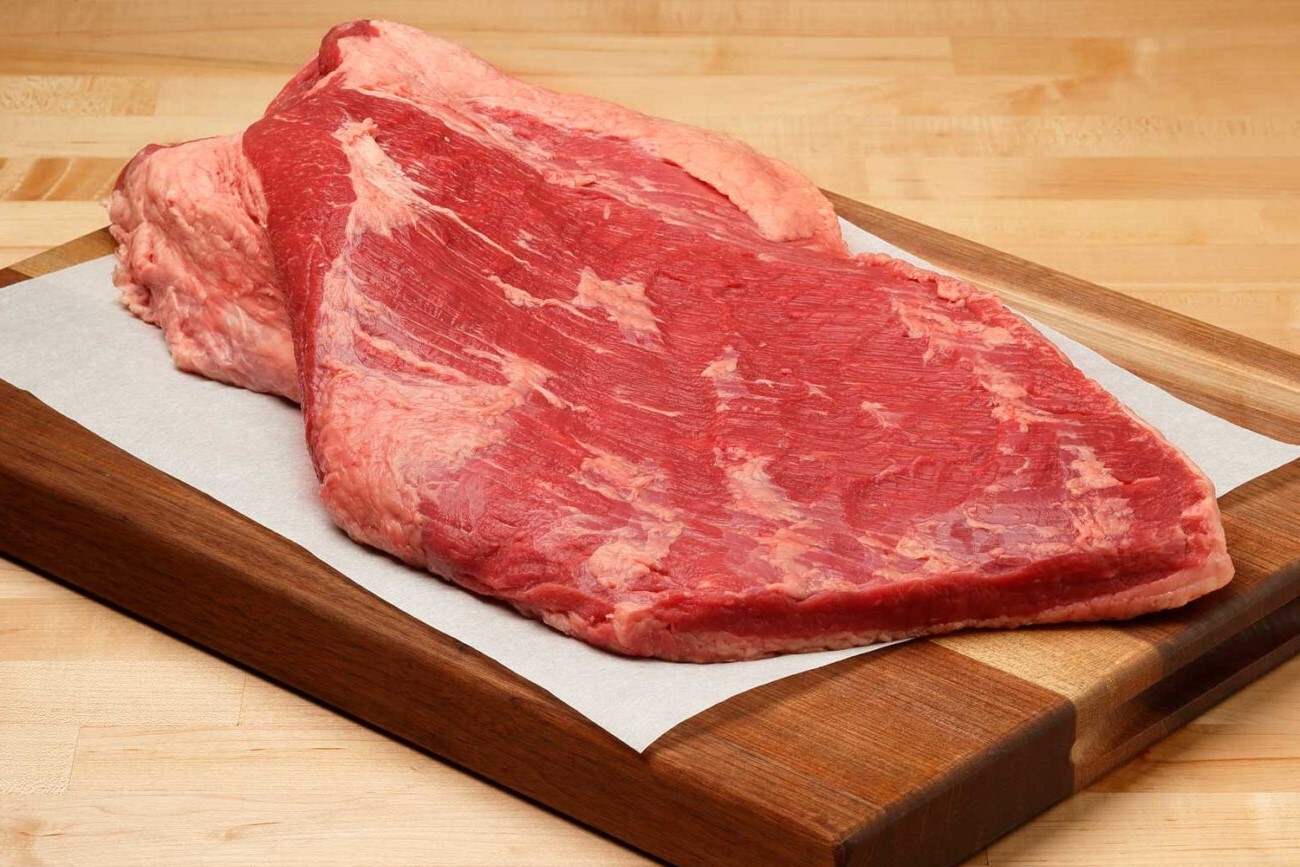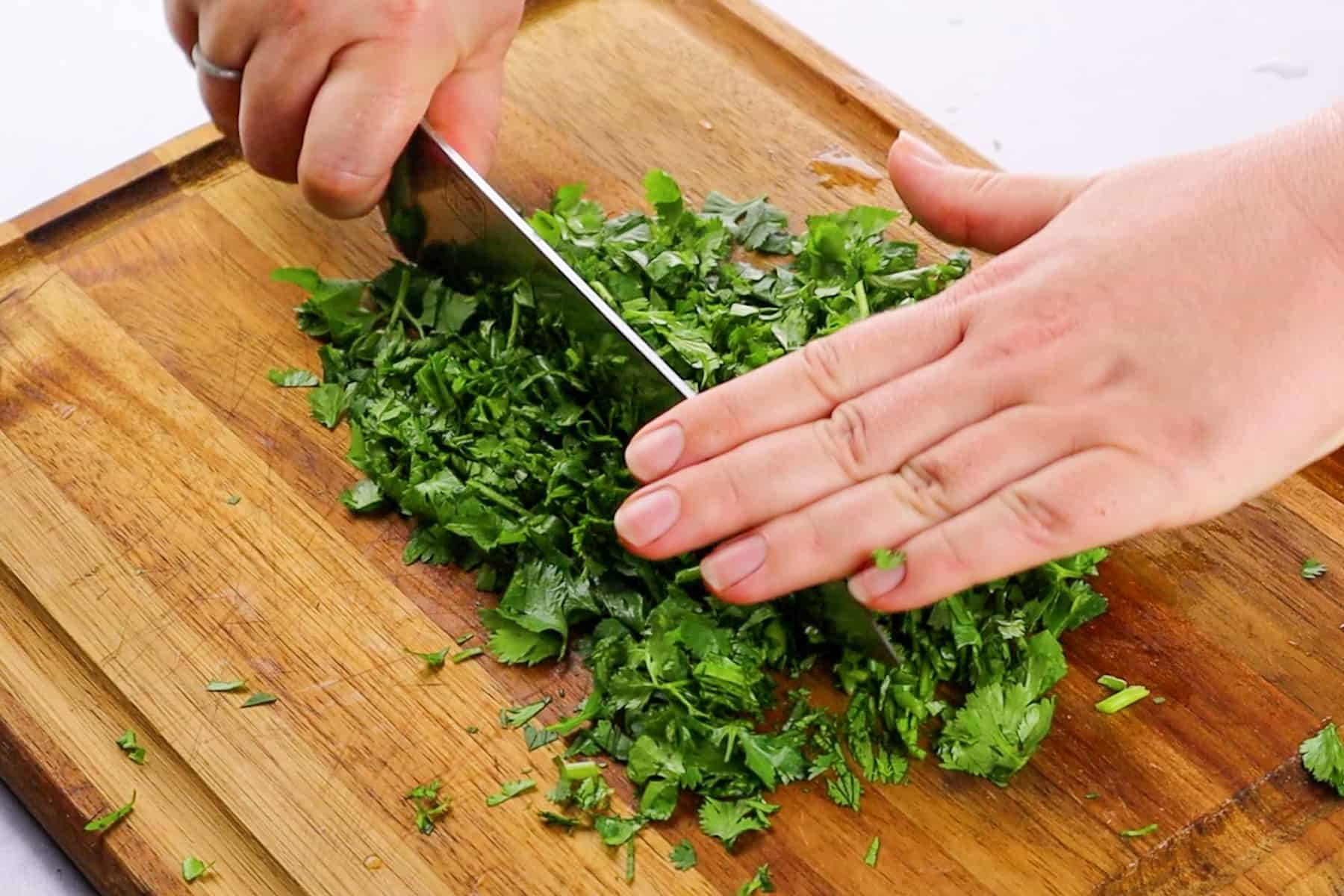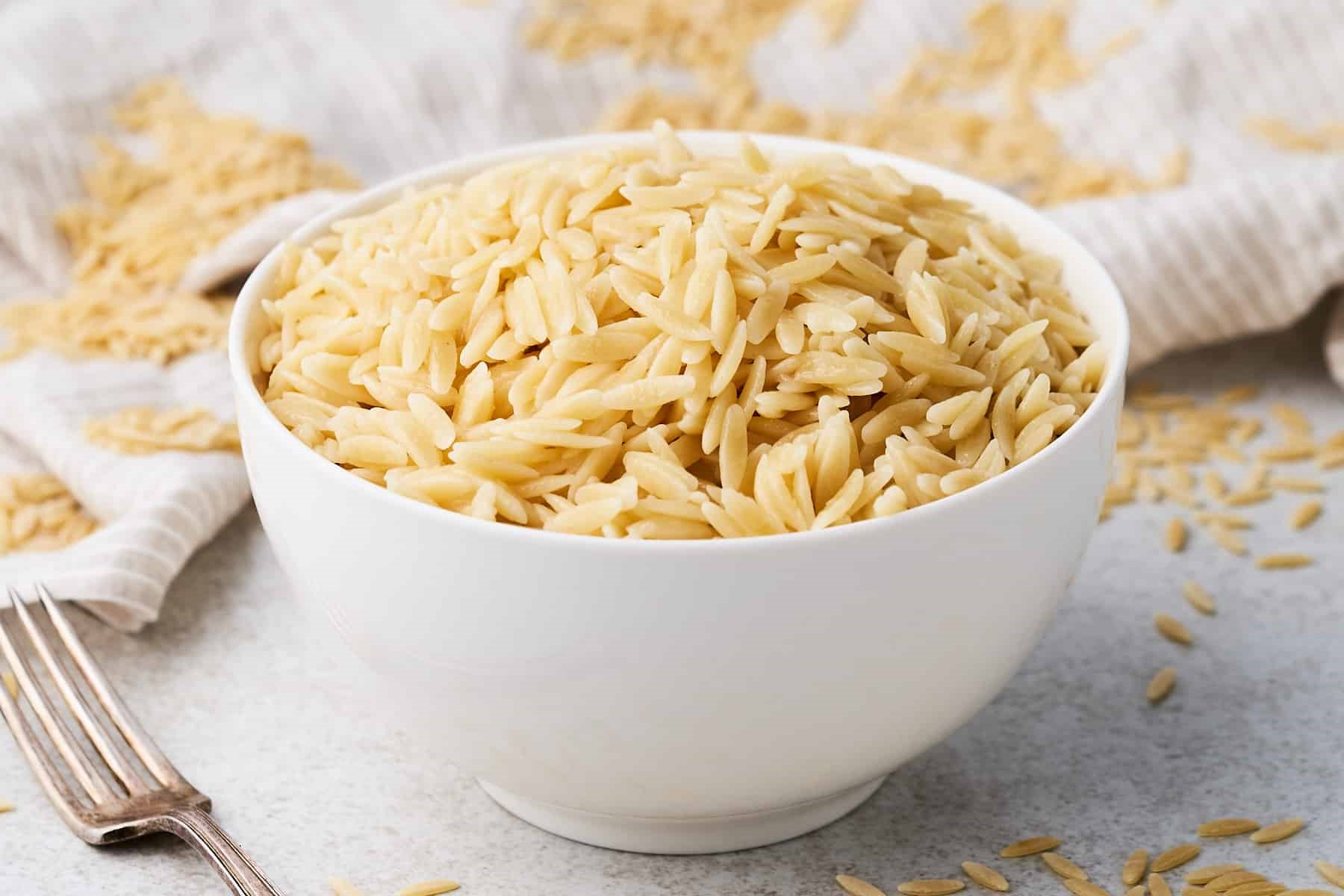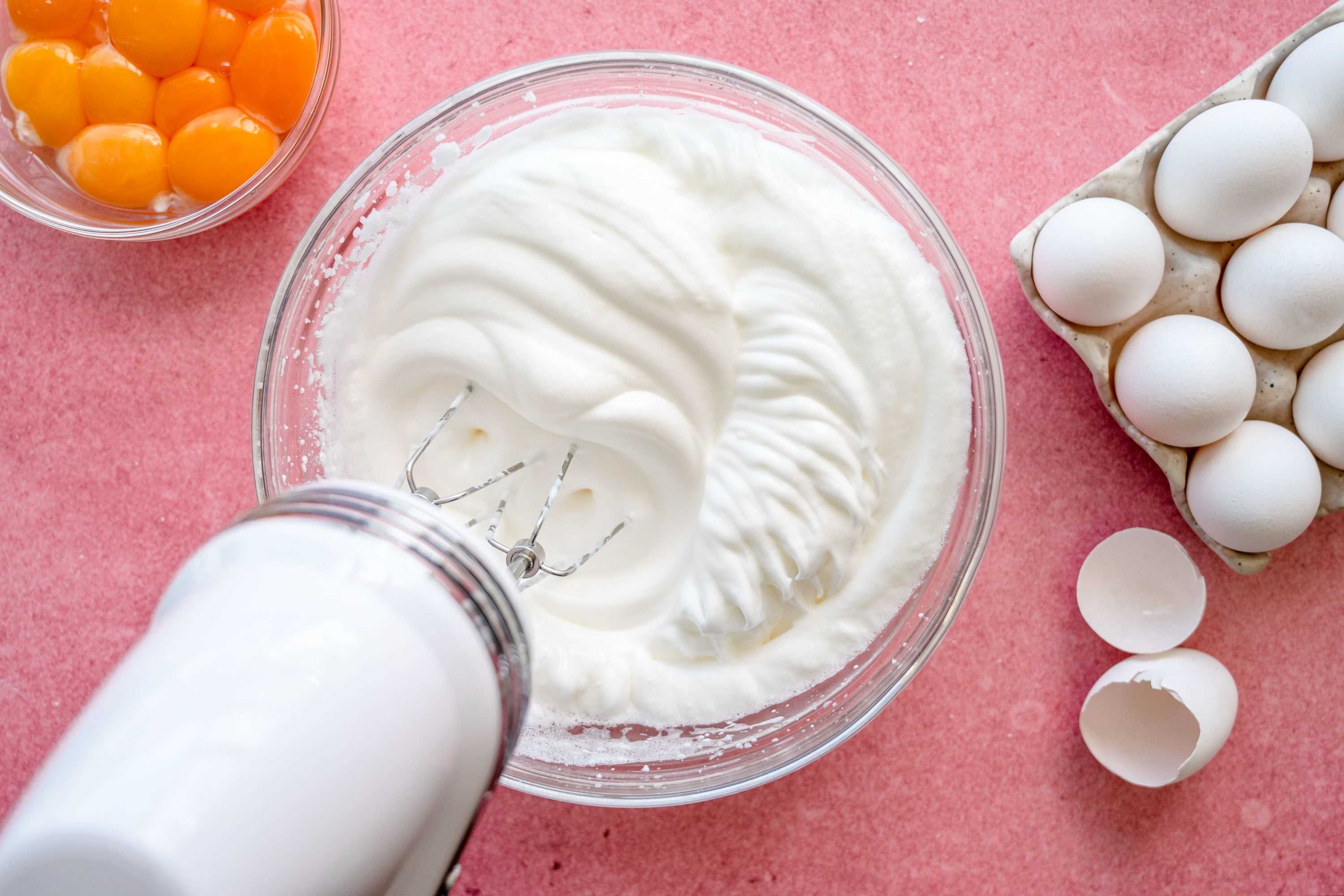Home>Food and Cooking>How To Cook Wagyu Steak
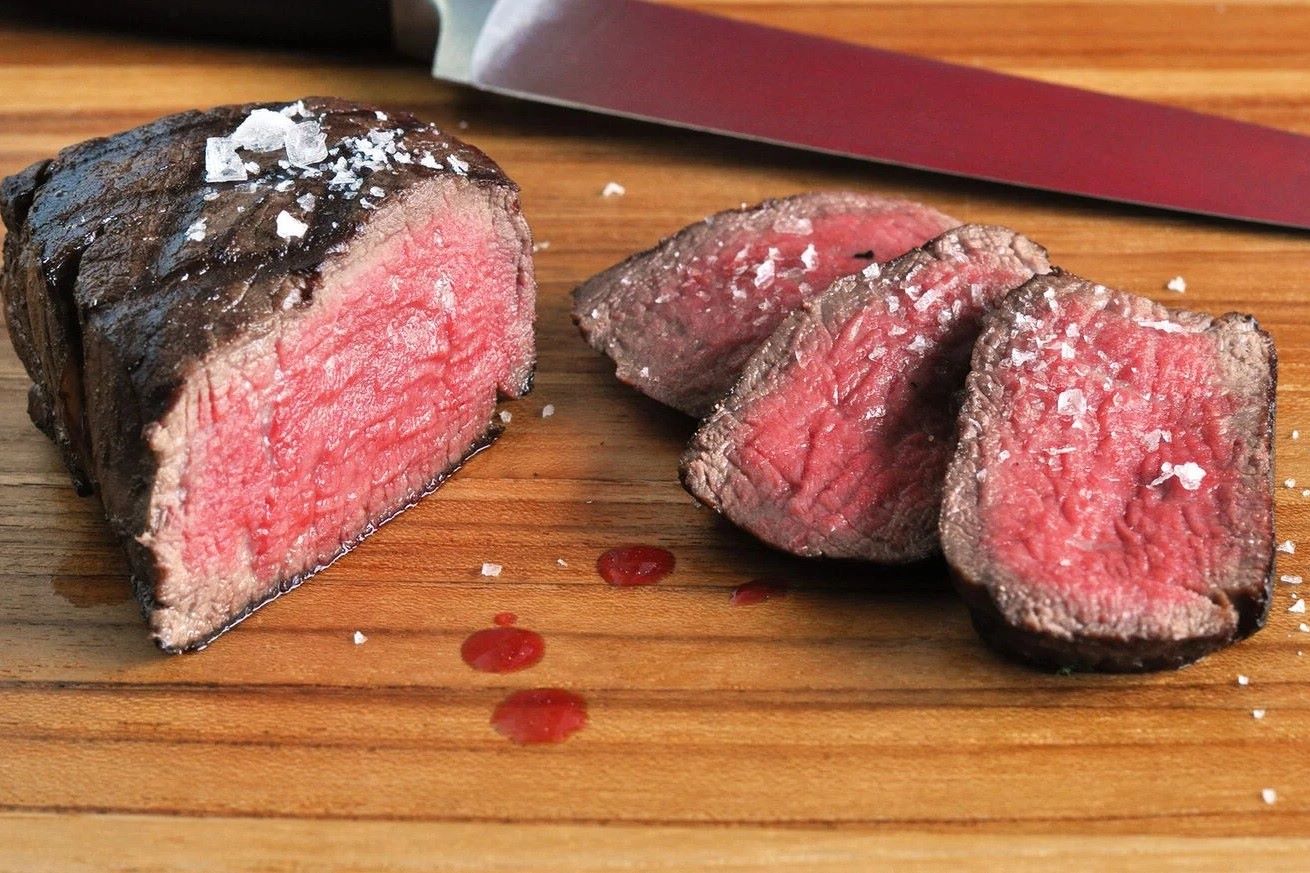

Food and Cooking
How To Cook Wagyu Steak
Published: February 25, 2024
Learn the best techniques for cooking Wagyu steak to perfection. Discover expert tips and tricks for preparing a mouthwatering meal. Perfect for food and cooking enthusiasts!
(Many of the links in this article redirect to a specific reviewed product. Your purchase of these products through affiliate links helps to generate commission for Noodls.com, at no extra cost. Learn more)
Table of Contents
Introduction
Cooking Wagyu steak is an art form that promises a culinary experience like no other. Renowned for its exceptional marbling, tenderness, and rich, buttery flavor, Wagyu steak is a delicacy that deserves to be prepared with care and expertise. Whether you're a seasoned chef or a passionate home cook, mastering the art of cooking Wagyu steak will elevate your culinary repertoire and delight the palates of those fortunate enough to savor this exquisite dish.
Wagyu, which translates to "Japanese cow," refers to several breeds of cattle known for their superior meat quality. Among these, the most famous is the Japanese Wagyu, celebrated for its unparalleled marbling, resulting in a melt-in-your-mouth texture and an indulgent flavor profile. The intricate web of fat distributed throughout the meat sets Wagyu apart from other beef varieties, making it a highly sought-after delicacy in the culinary world.
Cooking Wagyu steak is a celebration of the exceptional craftsmanship that goes into raising these prized cattle and the culinary expertise required to do justice to such a premium cut of meat. From selecting the perfect cut to mastering the cooking techniques that accentuate its natural flavors, every step in the process contributes to an extraordinary dining experience.
In this comprehensive guide, we will delve into the art of cooking Wagyu steak, exploring the nuances of selecting the right cut, preparing the steak with precision, and employing cooking methods that preserve its exquisite qualities. Additionally, we will uncover the secrets of seasoning and marinating Wagyu to enhance its inherent flavors, as well as the crucial steps of searing and resting the steak to achieve optimal results.
Whether you prefer your steak rare, medium-rare, or medium, the journey of cooking Wagyu steak is a testament to the pursuit of culinary perfection. So, prepare to embark on a gastronomic adventure as we unravel the secrets of cooking Wagyu steak and savor the unparalleled indulgence it brings to the table.
Read more: How To Properly Cut Steak Against The Grain
Choosing the Right Cut of Wagyu Steak
When it comes to cooking Wagyu steak, selecting the right cut is paramount to achieving a truly exceptional dining experience. The unique characteristics of Wagyu beef offer a variety of cuts, each with its own distinct qualities and ideal cooking methods. Understanding the different cuts and their attributes is essential for elevating the flavor and texture of the steak.
-
Ribeye: The ribeye cut is renowned for its exceptional marbling, resulting in a rich, buttery texture and an indulgent flavor profile. This well-marbled steak is best suited for grilling or pan-searing, allowing the fat to render and infuse the meat with unparalleled juiciness and tenderness.
-
Striploin: Also known as New York strip, this cut boasts a perfect balance of marbling and lean meat, offering a robust beef flavor with a tender, juicy texture. Ideal for grilling or broiling, the striploin showcases the natural richness of Wagyu beef while maintaining a satisfying meaty bite.
-
Filet Mignon: Recognized for its supreme tenderness, the filet mignon is a lean cut with subtle marbling, delivering a melt-in-your-mouth experience. This delicate cut is best prepared using high-heat methods such as pan-searing or grilling to accentuate its natural tenderness and delicate flavor.
-
Sirloin: The sirloin cut features a balanced marbling pattern and a robust beefy flavor, making it a versatile option for various cooking techniques. Whether grilled, pan-seared, or broiled, the sirloin offers a satisfying meatiness and succulence that complements its natural marbling.
-
Flank Steak: While leaner compared to other cuts, the flank steak offers a bold, beefy flavor and a distinct texture. Ideal for marinating and grilling, this cut benefits from tenderizing techniques to enhance its tenderness and infuse it with complementary flavors.
When choosing the right cut of Wagyu steak, consider your preferred cooking method, desired level of marbling, and flavor profile. Whether you opt for the luxurious marbling of a ribeye or the delicate tenderness of a filet mignon, each cut offers a unique culinary experience that celebrates the exceptional qualities of Wagyu beef. By understanding the characteristics of each cut, you can embark on a culinary journey that honors the artistry and indulgence of cooking Wagyu steak.
Preparing the Steak
Preparing Wagyu steak is a crucial step that sets the foundation for a remarkable dining experience. The meticulous preparation of the steak ensures that its inherent qualities are preserved and enhanced, leading to a dish that is tender, flavorful, and indulgent. From handling the steak with care to allowing it to reach the ideal temperature, the preparation process is a testament to the reverence and expertise required to elevate Wagyu beef to its full potential.
Before embarking on the preparation, it is essential to allow the steak to reach room temperature. Allowing the steak to rest at room temperature for approximately 30 minutes before cooking promotes even cooking and enhances the steak's natural tenderness. This step is particularly crucial for Wagyu steak, as it ensures that the meat cooks uniformly, resulting in a perfectly tender and juicy texture.
Additionally, carefully patting the steak dry with paper towels before cooking is essential to promote optimal caramelization and browning. Removing excess moisture from the surface of the steak allows for a beautiful sear, enhancing the visual appeal and flavor profile of the final dish. This simple yet crucial step sets the stage for a visually stunning and delectable Wagyu steak.
Furthermore, inspecting the steak for any excess fat or sinew along the edges and trimming it with a sharp knife is recommended. While the marbling within the meat is a prized characteristic of Wagyu beef, removing any excessive external fat ensures that the steak cooks evenly and prevents flare-ups during the cooking process. This attention to detail demonstrates a commitment to presenting a steak that is not only visually appealing but also perfectly balanced in texture and flavor.
In essence, the preparation of Wagyu steak is a delicate yet essential process that requires attention to detail and a deep appreciation for the exceptional qualities of the meat. By allowing the steak to reach room temperature, patting it dry, and trimming any excess fat, you set the stage for a culinary masterpiece that celebrates the unparalleled richness and tenderness of Wagyu beef. This meticulous approach to preparation ensures that every bite of the steak is a testament to the artistry and expertise that goes into cooking Wagyu to perfection.
Seasoning and Marinating
Seasoning and marinating Wagyu steak is a delicate balance of enhancing its natural flavors while allowing the exceptional qualities of the meat to shine. Unlike traditional cuts of beef, Wagyu steak's rich marbling and buttery texture require minimal seasoning to preserve its inherent taste and tenderness. When approaching the seasoning and marinating process, it is essential to exercise restraint and allow the steak's exceptional qualities to take center stage.
For seasoning Wagyu steak, a simple yet effective approach involves using high-quality sea salt or kosher salt to accentuate the natural flavors of the meat. The coarse texture of these salts helps create a flavorful crust on the steak while enhancing its juiciness and tenderness. By generously seasoning the steak with salt on both sides just before cooking, you can elevate its flavor profile without overpowering its inherent richness.
In contrast to traditional marinating, Wagyu steak benefits from a minimalist approach that respects its exceptional marbling and delicate texture. While marinating can be a valuable technique for infusing flavor into leaner cuts of meat, Wagyu's abundant marbling already provides a luxurious depth of flavor that requires minimal enhancement. Instead, a light brushing of high-quality olive oil or a gentle rub with a blend of aromatic herbs and spices can complement the steak's natural richness without overshadowing its inherent qualities.
When considering seasoning and marinating Wagyu steak, it is crucial to approach the process with a deep appreciation for the meat's exceptional characteristics. By exercising restraint and embracing a minimalist approach, you can honor the intricate marbling and indulgent flavor of Wagyu beef, allowing its natural qualities to take center stage on the palate. This thoughtful approach to seasoning and marinating ensures that each bite of the steak is a celebration of the unparalleled craftsmanship and indulgence that define Wagyu beef.
Cooking Methods
When it comes to cooking Wagyu steak, selecting the appropriate cooking method is essential to showcase the meat's exceptional qualities and deliver a dining experience that is nothing short of extraordinary. The unique marbling and tenderness of Wagyu beef require careful consideration of cooking techniques to ensure that its rich flavors are preserved and enhanced.
Read more: How To Defrost Steak
Grilling
Grilling is a popular and versatile method for cooking Wagyu steak, allowing for the perfect balance of caramelization and tenderness. Whether using a gas grill, charcoal grill, or even a grill pan, the high heat of grilling creates a beautiful sear on the steak's exterior while preserving its succulent juiciness. For optimal results, preheat the grill to high heat and place the steak directly over the flames, allowing it to cook to the desired level of doneness. The intense heat of the grill accentuates the steak's natural flavors, resulting in a charred exterior and a tender, melt-in-your-mouth texture.
Pan-Searing
Pan-searing is a classic cooking method that is well-suited for Wagyu steak, offering precise control over the cooking process and the opportunity to develop a flavorful crust. To pan-sear Wagyu steak, heat a heavy-bottomed skillet or cast-iron pan over high heat and add a small amount of oil. Once the pan is hot, carefully place the steak in the pan and sear it on each side to achieve a caramelized exterior while maintaining a tender, juicy interior. This method allows for a beautifully seared crust that enhances the steak's rich flavor and showcases its exceptional marbling.
Sous Vide
Sous vide cooking has gained popularity for its ability to achieve precise and consistent results, making it an excellent choice for cooking Wagyu steak to perfection. By vacuum-sealing the steak and immersing it in a precisely controlled water bath, sous vide cooking ensures that the meat is cooked evenly and retains its natural juices. After the sous vide process, a quick sear in a hot pan or on a grill adds a delightful caramelized crust, resulting in a steak that is tender, succulent, and infused with its natural flavors.
Reverse Searing
Reverse searing is a method that involves slow-cooking the steak at a low temperature before finishing it with a high-heat sear. This technique is particularly well-suited for thicker cuts of Wagyu steak, allowing for even cooking and a tender, evenly pink interior. By starting the steak in a low-temperature oven or grill and finishing it with a sear, the reverse searing method ensures that the steak is cooked to the desired level of doneness while maintaining its exceptional tenderness and rich flavor.
Read more: How To Cut Flank Steak
Broiling
Broiling is an effective method for cooking Wagyu steak, offering intense, direct heat that creates a beautifully caramelized exterior while preserving the steak's natural juiciness. To broil Wagyu steak, position the oven rack to the desired distance from the broiler, preheat the broiler, and place the steak on a broiler pan or a wire rack set over a baking sheet. The high, direct heat of the broiler quickly sears the steak, resulting in a flavorful crust and a tender, succulent interior.
Each of these cooking methods offers a unique approach to preparing Wagyu steak, allowing for a diverse range of flavors and textures while showcasing the meat's exceptional qualities. Whether grilling, pan-searing, employing sous vide cooking, reverse searing, or broiling, the chosen method should be tailored to the specific cut of Wagyu steak and the desired level of doneness, ensuring that every bite is a testament to the indulgence and artistry of cooking Wagyu to perfection.
Searing and Resting
Searing and resting are critical steps in the process of cooking Wagyu steak, playing a pivotal role in ensuring that the steak reaches its full potential in terms of flavor, texture, and overall dining experience. These steps are essential for achieving a beautifully caramelized exterior, locking in the steak's natural juices, and allowing the meat to reach the ideal level of doneness.
Searing
Searing the Wagyu steak is a fundamental step that contributes to the development of a flavorful crust while enhancing the visual appeal of the dish. Whether grilling, pan-searing, or employing other cooking methods, achieving a perfect sear requires high heat and careful attention to detail. The intense heat applied during searing triggers the Maillard reaction, resulting in the formation of a golden-brown crust that adds depth and complexity to the steak's flavor profile.
When searing Wagyu steak, it is crucial to ensure that the cooking surface, whether a grill, skillet, or broiler, is thoroughly preheated to create an ideal searing environment. Placing the steak on the hot surface and allowing it to sear undisturbed for a few minutes on each side promotes the development of a caramelized exterior, enhancing the steak's visual appeal and contributing to its rich, savory flavor.
Resting
Following the searing process, allowing the Wagyu steak to rest is a vital step that cannot be overlooked. Resting the steak after cooking is essential for several reasons. Firstly, it allows the meat's juices, which have been drawn to the surface during the cooking process, to redistribute throughout the steak, resulting in a more evenly juicy and tender texture. Additionally, resting the steak enables the internal temperature to stabilize, ensuring that the meat is cooked to the desired level of doneness while retaining its succulence.
During the resting period, loosely tenting the steak with aluminum foil helps retain its warmth without trapping excess steam, preserving the integrity of the seared crust while allowing the steak to relax and reach its peak tenderness. This crucial step ensures that each slice of Wagyu steak delivers an unparalleled melt-in-your-mouth experience, with every bite showcasing the perfect balance of juiciness and flavor.
In essence, the combination of searing and resting is a harmonious dance that elevates Wagyu steak to its full potential, resulting in a culinary masterpiece that embodies the artistry and indulgence of this exceptional beef. By mastering these essential steps, one can unlock the true magnificence of Wagyu steak, creating a dining experience that is nothing short of extraordinary.
Read more: How To Quickly Thaw Steak
Serving and Enjoying
Serving and enjoying Wagyu steak is a culmination of the meticulous preparation and expert cooking techniques that have been employed to elevate this exceptional cut of beef. As the steak is presented to eager diners, the anticipation of savoring its rich, buttery flavor and indulgent texture reaches its peak. The art of serving and enjoying Wagyu steak extends beyond the mere act of consumption; it is a sensory experience that engages all aspects of the palate and celebrates the craftsmanship that has gone into creating this culinary masterpiece.
When serving Wagyu steak, attention to detail is paramount. The presentation of the steak on a clean, well-chosen platter or plate enhances the visual appeal of the dish, setting the stage for an extraordinary dining experience. Each slice of the steak should be carefully arranged to showcase its marbling and caramelized exterior, inviting diners to appreciate the artistry and expertise that have gone into preparing this exquisite dish.
As the first bite is savored, the richness and tenderness of the Wagyu steak unfold on the palate, offering a symphony of flavors and textures that captivate the senses. The indulgent marbling melts effortlessly, releasing a buttery richness that is complemented by the savory notes developed during the cooking process. Each bite is a testament to the exceptional quality of Wagyu beef, inviting diners to immerse themselves in a culinary journey that celebrates the pinnacle of beef craftsmanship.
Accompaniments and side dishes play a supporting role in enhancing the enjoyment of Wagyu steak. Whether paired with a robust red wine that complements its richness or served alongside a medley of seasonal vegetables, the steak's flavors are further elevated by thoughtful pairings. The interplay of textures and flavors creates a harmonious dining experience, allowing diners to fully appreciate the depth and complexity of Wagyu beef.
Throughout the meal, the ambiance and company contribute to the overall enjoyment of Wagyu steak. Whether shared with loved ones or savored in a fine dining setting, the experience of enjoying Wagyu steak is a celebration of culinary excellence and the art of savoring exceptional food. Each moment spent savoring the steak is an opportunity to appreciate the dedication and expertise that have culminated in a dish that transcends the ordinary and embodies the pinnacle of gastronomic indulgence.
In essence, serving and enjoying Wagyu steak is a sensory journey that honors the craftsmanship and artistry of this exceptional beef. From the moment the steak is presented to the last satisfying bite, the experience is a testament to the dedication and expertise that have gone into creating a dish that is truly extraordinary.
